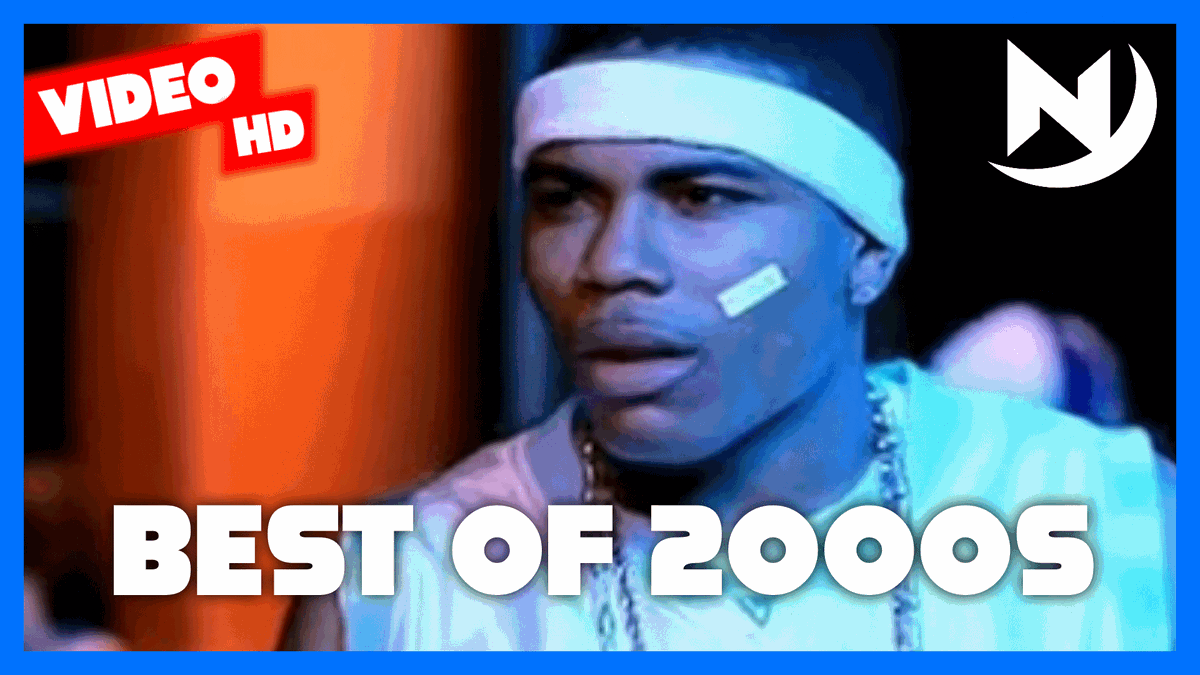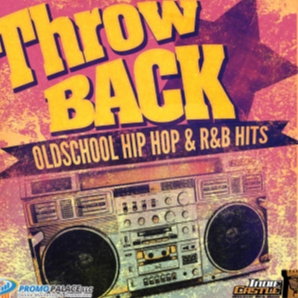

Today'S Hip Hop R&B Series Of Stages
Additionally, rhymed verses are an important part of African American culture in both the public and private realms.Hip hop and rap have many important influences—R&B, funk, soul, jazz, rock and roll performers poets, and writers like Iceberg Slim and stylistic forebears like Muhammad Ali and Richard Pryor. Many observers also make a connection between rap and West African griot tradition, the art of wandering storytellers known for their knowledge of local settings and superior vocal skills. Much of what is written about hip hop traces this culture through a series of stages, from a music- and dance-focused phenomenon created for and by people “on the block” to a dominant global youth culture. However, while hip hop music was born in the Bronx, it both is part of and speaks to a long line of black American and African diasporic cultural traditions. Even as sexuality increasingly.In the mid to late 1970s the cultural shockwave that would be known as hip hop emerged from the economic paralysis of New York City, especially the neglected black and Latino neighborhoods in the Bronx. Todays most successful hip-hop artists rap about everything from thrift shopping to the sheer excess of their lifestyles.
A main tool of black clergymen and women (one which virtually all music historians and critics draw attention to in black music) is the “call and response,” in which the preacher calls out a sentence or phrase to which the congregation responds, creating a connection between speaker and audience. Black preachers and clergy combined testimonials and parables in a way that engaged the audience and brought their sermons to life. Tracks like the groundbreaking “The Revolution Will Not be Televised” (1974) as well as frequent attacks on the presidential administration of Ronald Reagan (“B Movie” and “Re-Ron” among others) would serve to make Scott-Heron an important figure among socially minded and politically inclined rap artists like KRS One and Public Enemy.Image Credit: ‘Boxing light-heavyweight podium, 1960 Olympics’, Photo from the Polish Press Agency, Public Domain, via Wikimedia Commons.A profound influence on rap music comes from what many might consider an unlikely source: the black church. A radical reformer who wished to influence social change through words and ideas, Scott-Heron’s spoken-word recordings were themselves formed out of firsthand experience with prejudice during his time in Tennessee as well as his alarm at the increasing violence and hopelessness growing in America’s inner-cities. His first novel, The Vulture (1970), was a respectable effort and well-reviewed, but Scott-Heron’s true fame would rest in his poetry and in his recordings. Born on 1 April 1949 in Chicago, Illinois, Scott-Heron grew up in Tennessee and the Bronx, New York, where he undertook a life of writing at an early age.

Kool Herc transported the large mobile sound units used in Jamaica to parties in the Bronx. This interweaving of vocal skills and storytelling traditions affected how rap was produced and what was said in the lyrics, giving rise to a new expressive culture that reflected the social conditions of the day.Image Credit: ‘Banksy – Hip Hop Street Art’, Photo by Tim Fuller, CC by 2.0, via flickr.For its musical grooves, early hip hop incorporated elements of the party-based sound-system subculture popular at the time in Jamaica and brought to the Bronx by DJ Kool Herc from Kingston. Early rap musicians used these and other oratorical techniques to impart knowledge and entertain through rhymed verses that form narratives. As entertainers they told stories that the everyday person could understand but punctuated it with a style that was unique to black America.
Dodd took rapping to Jamaica and Herc brought toasting back to the United States, where it quickly became known as rap, the verbal side of hip hop music.Herc is also credited with popularizing the break-beat style of DJing. Ironically this style of toasting was derived from the “rapping” of black American radio DJs from the 1940s through the 1960s, men who influenced the toasting style of the Jamaican dancehall producer Coxson Dodd. The toasts often referred to people in the crowd or to events at the party itself. Jamaican DJs excited crowds by making up short raps to the beat of music, adding “vibes” to the party.
All these influences and events together bring to hip hop a diversity not often acknowledged by the music’s critics, but well understood by its admirers.Featured Image Credit: ‘Hip Hop 101’, Photo by davejdoe, CC by 2.0, via flickr. The richness of African American and diasporic cultures, the mix of vocal techniques and storytelling traditions from those cultures, and the fluidity and ease with which DJs moved among musical styles all combined to launch a new form of expression for young men and women in New York City in the 1970s, which became hip hop as we know it today. Afrika “Bam” Bambaataa fused the R&B music of James Brown, the funk of George Clinton, and even the sometimes synthetic and cold European electronic music of groups like Kraftwerk to create songs like “Planet Rock” and “Looking for the Perfect Beat,” and helped deepen the musical roots of hip hop as a result.In the music that they played and created Bambaataa and early DJs like Grandmaster Flash were part of a long line of music and oratorical traditions that coalesced into hip hop. Other pioneering DJs used these methods and the latest stereo and sound system technology of the day to create some of the most influential songs in hip hop history. By playing this section repeatedly, thereby creating and stressing a new rhythm that could be sustained as long as he wanted, Herc greatly heightened the crowd’s (especially the dancers’) excitement.


 0 kommentar(er)
0 kommentar(er)
